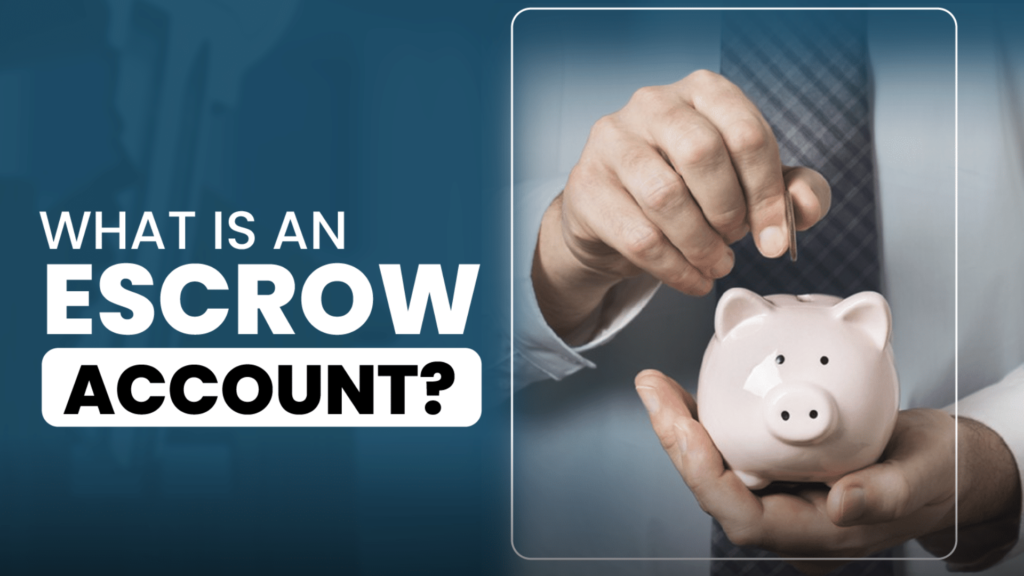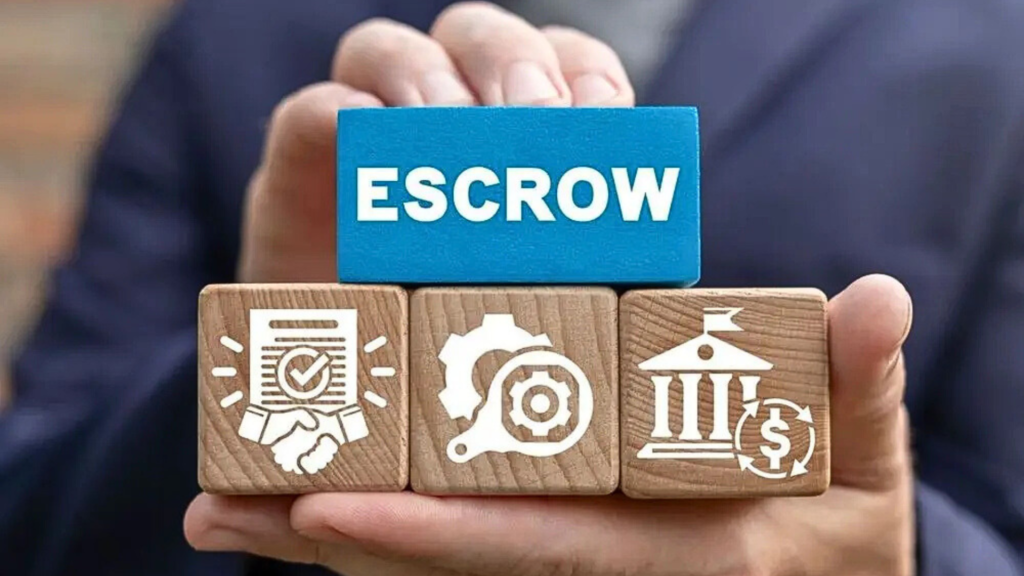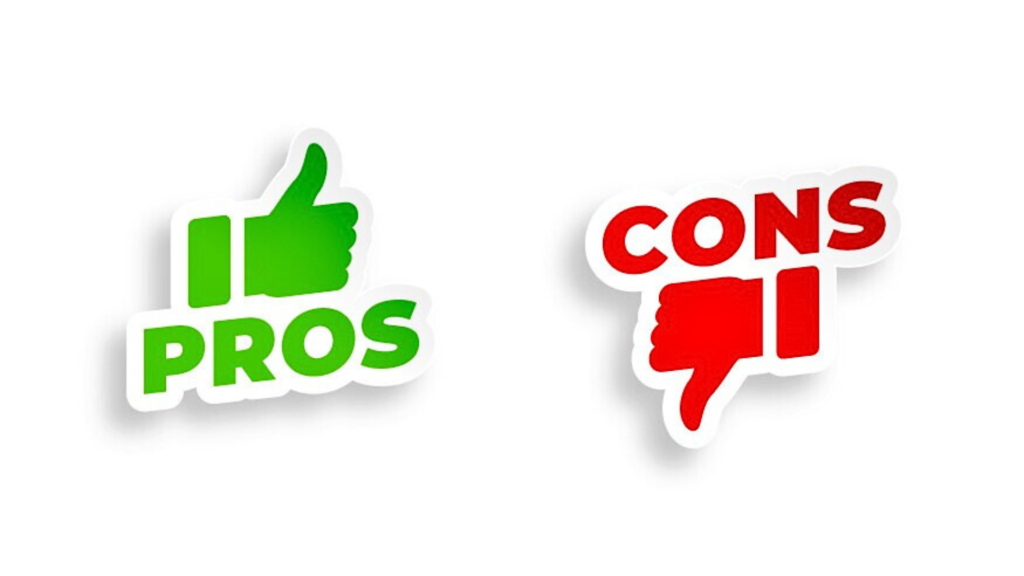An escrow account is a common term for many homeowners regarding managing finances with a mortgage. Perhaps you’ve just finished paying for your house and no longer need the account.
But what if you want to use that money differently? Have you ever wondered if you can convert an escrow account to checking? Why don’t we find out?
We’ll discuss the specifics of escrow accounts, converting an escrow account to a checking account, and the potential benefits and considerations of making this switch.
What Is an Escrow Account?
An escrow account is a special bank account set up by your mortgage lender to hold money and ensure that some of your home’s major, ongoing expenses are paid on time. People often use it when buying a house for property-related costs such as property taxes and homeowner’s insurance.
A portion of monthly mortgage payments goes into the escrow account. Then, when property taxes or insurance premiums are due, the lender uses money from this account to pay them on your behalf. Payments might be made monthly, quarterly, or biannually.

As a homeowner, you might wonder if you can get an escrow refund every year. Usually, the lender will refund you if there is still money in your escrow account after paying taxes and insurance. This often happens when property taxes or insurance premiums are lower than expected, leaving an excess in the escrow account.
The critical difference between an escrow account and any other financial account you might have is that you don’t manage an escrow account yourself. A third party, such as your lender or servicer, usually facilitates escrow. You can, however, change this account to a regular checking account. This process is called converting.
ALSO READ: 10 Reasons To Open a Checking Account
Reasons to Convert an Escrow Account
There are several reasons why you might want to convert your escrow account. One common reason is that you’ve entirely paid off your mortgage. When this happens, you will no longer need the escrow account. You’ll then be responsible for paying your own insurance and property taxes.
Another reason might be that you want access and more control over your money. Also, since the bank decides how much to set aside each month with an escrow account, they might keep more money in the account than you need. But when you convert to a checking account, you can decide how to manage your money.

Additionally, most escrow accounts don’t earn interest, meaning the money there doesn’t grow over time. Moving the money into an interest-bearing checking account could yield small returns.
Finally, people often convert their escrow account because they’re refinancing their mortgage. This means getting a new loan to replace the old one. During this process, you may be able to handle your own insurance and property tax payments.
How to Convert Your Escrow Account: Step-by-Step Guide
Here are the steps on how you can convert an escrow account to a checking account:
- Contact your bank or lender.
- Ensure your mortgage is up-to-date.
- Close the escrow account.
- Choose a new account.
- Transfer the funds.
Understanding the Conversion Process
Here’s a breakdown of the steps involved in converting an escrow account to a checking account into more detail:
Step 1: Contact Your Bank or Lender
The first step in converting your escrow account is to contact your bank or mortgage lender. You can give them a call or visit a branch in person. However, not all lenders allow you to opt out of an escrow account, as it can depend on factors like your loan type and your lender’s policies. But if your lender allows it, they’ll walk you through their specific closing process or release funds from the escrow account.
Step 2: Ensure Your Mortgage Is Up-to-Date
Lenders will likely need to confirm that your mortgage payments are up-to-date and in good standing before you can convert or close the escrow account. They may also review your payment history to ensure you’re a responsible candidate for managing insurance and tax payments independently.

Step 3: Close the Escrow Account
Next, you’ll need to close the escrow account. Fill out forms provided by the bank or lender. These forms give the bank permission to close the account. Just make sure you read everything carefully before you sign.
Step 4: Choose a New Account
Now, you must decide where to put the money from your escrow account. Consider opening a separate checking account dedicated to tax and insurance payments, or you can use an existing one if you already have one. Take your time and think about what works best for you.
Step 5: Transfer the Funds
Once the funds are released, the last step is to move the money. The bank will transfer any money left in the escrow account to your new or existing checking account. This could take a few days to process.
ALSO READ: Checking vs. Savings Accounts: Key Differences Explained
Advantages of Converting to a Checking Account
Converting your escrow account to a checking account has several obvious benefits, even though managing your insurance and tax payments calls for more responsibility:
- Control Over Finances: You can decide when and how to pay for property-related expenses, making sure that money is available and accessible when needed.
- Potential for Interest Earnings: If you have a hefty property tax or insurance obligation, transferring your escrow funds into an interest-bearing checking or savings account could help you generate extra income on those funds over time.
- Reduced Mortgage Payment: Without an escrow account, your monthly mortgage payment may be reduced because it will no longer include money for taxes and insurance.

Disadvantages to Consider
Several drawbacks are associated with converting your escrow account to a checking account. These downsides include:
- Risk of Missed Payments: Without an escrow account, you become solely responsible for making on-time tax and insurance payments. You’ll need to be disciplined about setting aside money each month because missing these payments can lead to penalties or even affect your mortgage.
- Less Help With Budgeting: Escrow accounts essentially act as a budgeting tool, helping you spread the cost of taxes and insurance over 12 months. Without it, you’ll need to find another strategy to save money.
Ultimately, the answer to “Can you convert an escrow account to checking?” depends on your mortgage lender’s policies, financial discipline, and preference for managing property-related expenses. Converting an escrow account to a checking account offers more control and the possibility of generating interest, but it also requires a commitment to pay taxes and insurance directly.
So, if you’re comfortable managing property taxes and insurance and want the freedom to access funds directly, converting your escrow account may be worth exploring.

